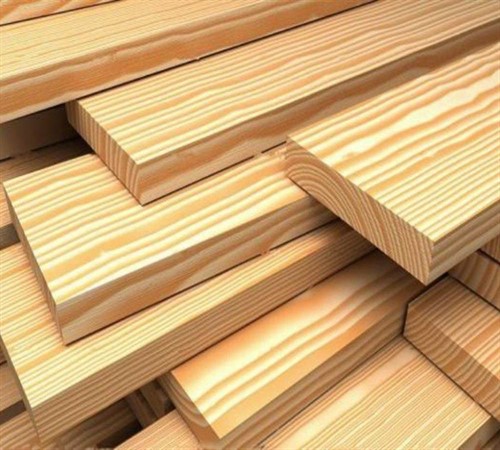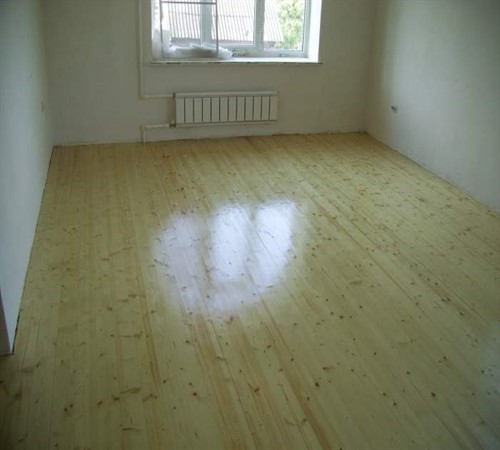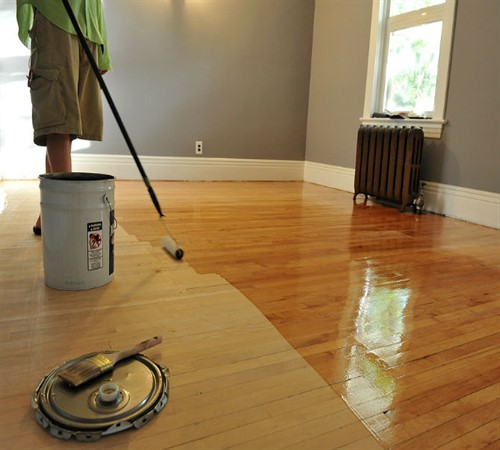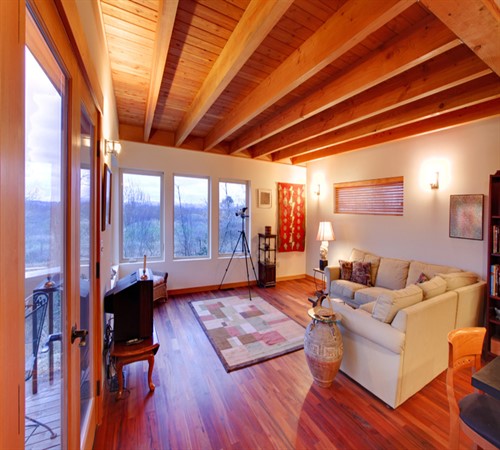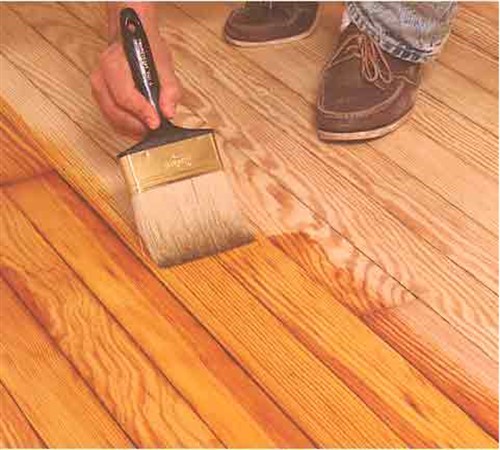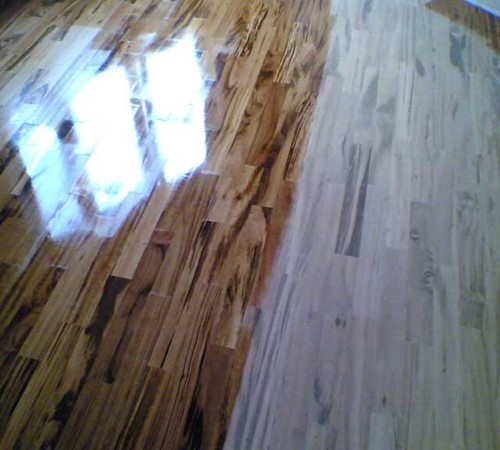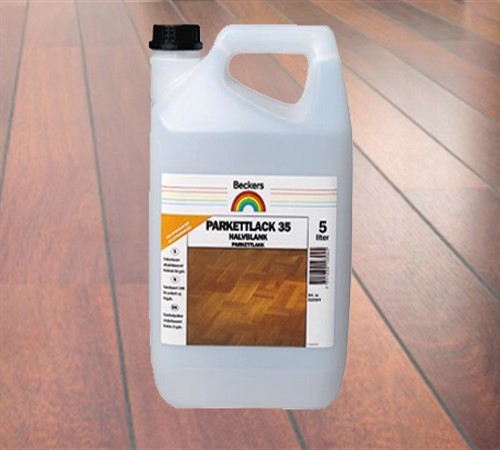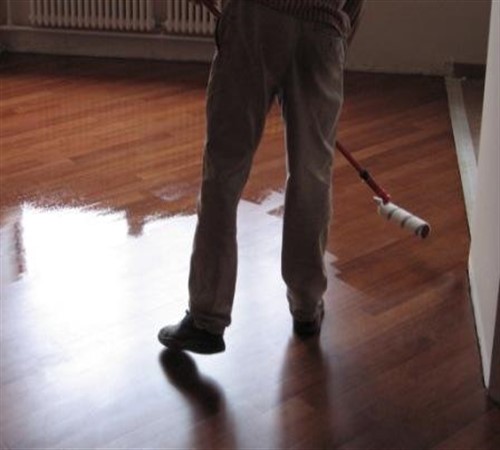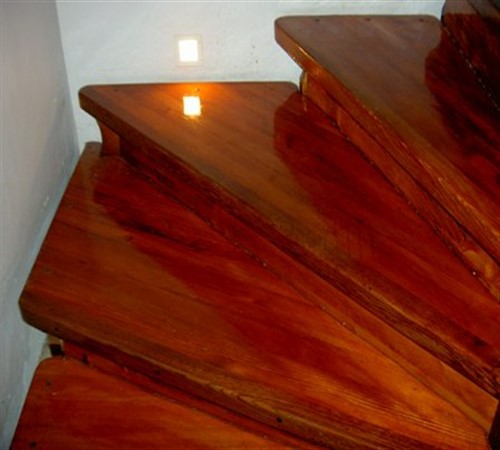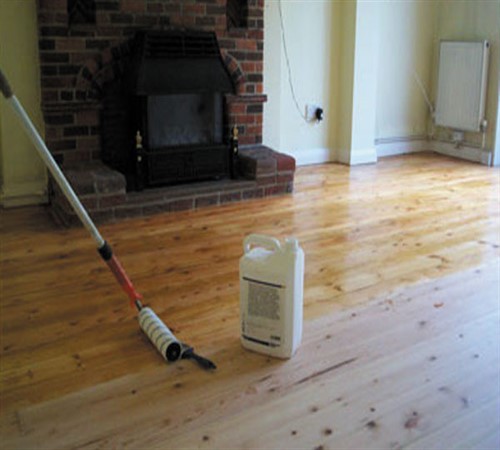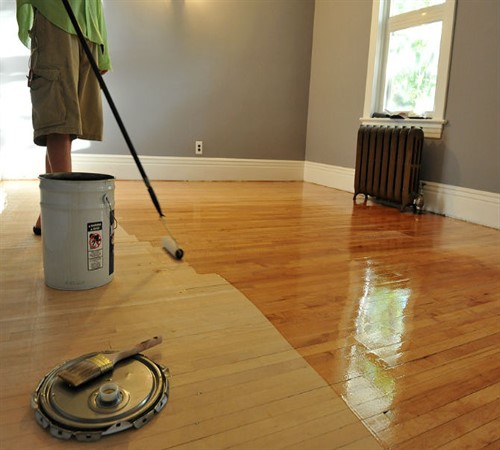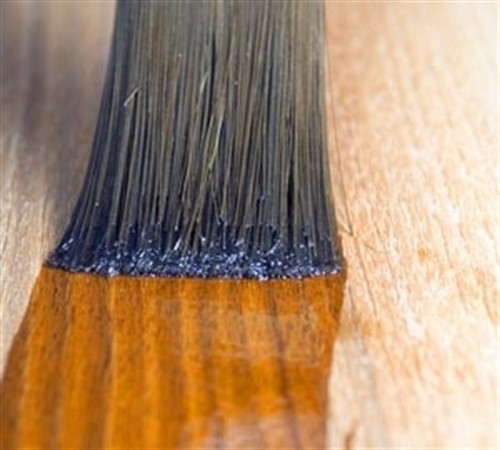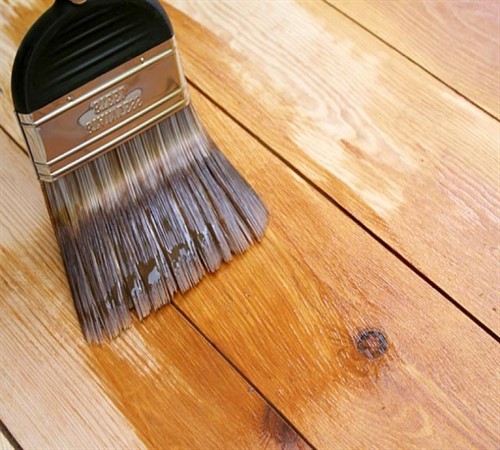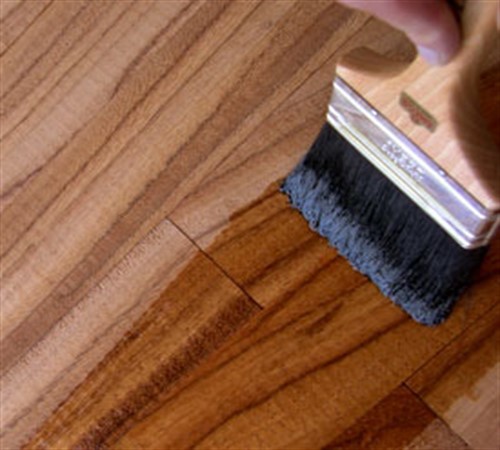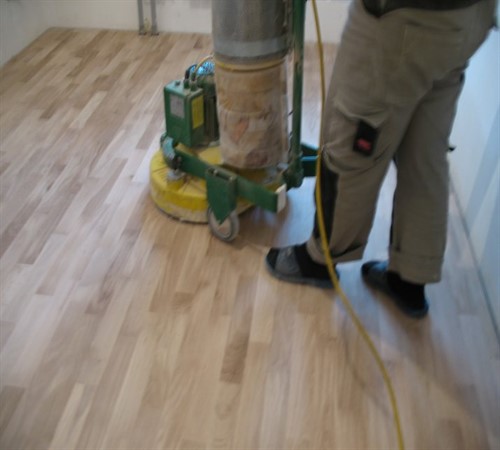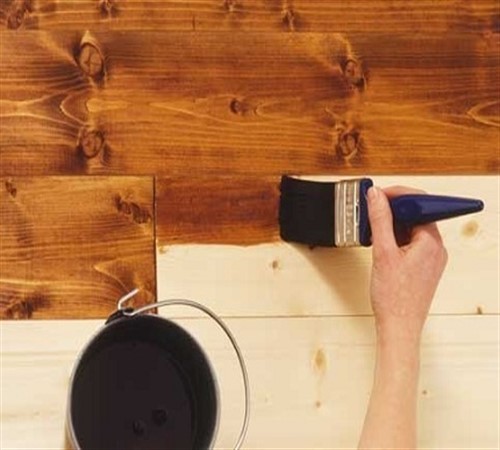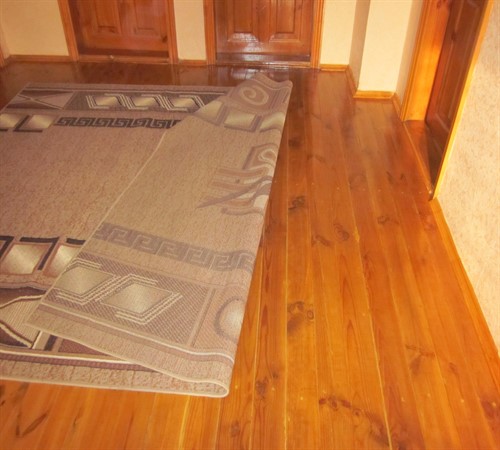To give a wooden floor aesthetic attractiveness, while preserving the unique drawing of wood, as well as protect it from negative mechanical and other effects by means of multilayer coating with varnish. However, the choice of materials and the conduct of this procedure is fraught with a mass of nuances, the ignorance of which will lead to a poor -quality coating and wasting the time spent, because you will have to remove the entire thickness of the varnish and start the entire process again.
Content
Criteria for choosing varnish
Before you purchase a varnish for a wooden floor, you need to pay increased attention to the following criteria:
- the rock of wood. The wooden floor, built from oak, is advisable to process with the use of varnishes with an elastic composition;
- operational conditions. Most varnishes have a predominance of a certain property over other indicators, so it is worth choosing varnish either with increased moisture resistance, or with a high degree of wear resistance, etc.;
- lAC compatibility with surface processing. The breeds of exotic trees often slow down the hardening process, so it is worthwhile to take care of the surface processing with additional cutting off soil;
- the possibility of subsequent renewal of the coating by another composition. Some types of varnishes, when layered on each other, can significantly ruin the appearance of the coating by the appearance of cracks, bubbles and other troubles. To prevent this from happening, it is necessary to know exactly what composition the surface was processed earlier or to make a thorough cycle of the floor;
- the type of room. For a bathroom, kitchens, polyurethane or uretan-ally-based varnishes, which have a high indicator of moisture resistance and wear resistance, are ideal. For the nursery, it is worth choosing on the varnish coating, which is based on water. For the corridor, the living room, you need to look for varnishes that provide high resistance to abrasion.
Thus, it is worth taking care of complete awareness in advance on these issues, even if you have to call the seller a purchased house to clarify some questions.
Types of varnish, their characteristic
The variety of varnishes intended to cover wooden surfaces differ in many ways, therefore, faced with the need to choose, a completely reasonable question arises, what varnish to cover the wooden floor.
Based on the composition, for the processing of wooden surfaces are suitable:
1. Polyurethane varnishes, the basis of the production of which is polyurethane, differ in high moisture resistance, as well as increased strength, which allows them to be used in rooms with a very high level of humidity. Under the influence of moderate deformations, the elasticity of the varnish prevents the appearance of cracks on the details of the complex configuration.
Advantages:
- resistance to most organic and inorganic acids;
- the possibility of introducing additional dyes that allow you to change the initial shade of varnish;
- high degree of adhesion with any materials;
- lack of deformation in the influence of ultraviolet rays;
- resistance to abrasion, mechanical damage;
- the ability to withstand from extremely low to very high temperatures (from -50 to +100 ° C);
- drying speed;
- ease of application;
- the durability of the coating.
Flaws:
- slight release of toxic substances during the application and hardening of varnish;
- pretty high cost.
2. Acrylic varnishes are produced on a water -based, which indicates environmentally friendly material. However, a low moisture resistance indicator prevents floor covering in rooms requiring frequent wet cleaning. In the process of working with acrylic varnish, it is necessary to ensure the humidity of the room in the range of 50% for uniform hardening of the coating. At the same time, the addition of the applied lacquer helps to reduce the strength of the mechanical effects, to reduce the drying of the applied layer of varnish, although the environmental friendliness of the varnish will significantly decrease.
Pros:
- quite acceptable strength and elasticity;
- when applying and hardening, the shade, and the texture of the floor covering is not modified;
- absolute non -combustibility;
- high adhesion to wood;
- good spreading over the surface;
- relatively high cost.
Cons:
- the life depends on the intensity of movement on the lacquered surface and the microclimate of the room;
- drinks for a long time.
3. Polyurethane-acrylic varnishes are significantly lag behind all the characteristics from polyurethane, due to the entry into acrylic elements. However, polyurethane-acrylic varnishes are quite suitable for covering the floor in room with a low level of patency at a very affordable price.
4. Alkyd varnishes are a mixture of alkyd resins with solvents of organic origin, as a result of which such varnishes are considered a completely environmentally friendly composition. However, most varnishes are used with the addition of hardeners that reduce the drying of the coating from 3 to 1 day, which causes a more pungent odor that requires equipment to be a respirator in the process of applying to the surface.
Advantages:
- good moisture resistance, wear resistance;
- resistance to certain acids, most detergents;
- resistance to ultraviolet;
- quickly hardened;
- short operating time.
Flaws:
- reduction of the varnish layer in the process of evaporation of solvents;
- essential oils released during the application and before hardening form an unpleasant odor in the room;
- the need for constant ventilation until completely dry.
5. Uretan varnishes are produced both on a water -based and on the basis of resin of synthetic origin, which significantly affects the environmental friendliness of the material and the need to use the respirator in the process of applying the composition to the surface.
Advantages:
- resistance to burnout;
- moisture resistance;
- high elasticity;
- non -combustibility;
- relatively high resistance to abrasion;
- chemical resistance;
- hardening of hardening (about 12 hours);
- affordable cost.
Flaws:
- the release of toxins until the moment of hardening.
6. Uretanovo-alkidal varnishes have absorbed all the advantages of alkyd and Uretan groups, forming the composition improved in operational qualities.
Compared to alkyd varnishes, uretan-alkidny possess:
- greater strength to mechanical damage;
- increased moisture resistance;
- increased wear resistance.
Flaws:
- the price, an order of magnitude exceeding the cost of both Uretanov and alkyd varnishes.
7. Nitrobe, based on a combination of nitrocellulose, volatile solvents, plasticizers and resins, are a rather toxic composition. At the same time, the properties of nitrolaks depend on the resin introduced into the composition that affects certain indicators. Most often, varnish is used as a primer in front of the main varnish coating, since it perfectly clogs the pores of wooden surfaces, giving it excellent water -repellent characteristics.
Pros:
- high strength;
- speed of setting and drying;
- low cost.
Cons:
- low atmosphere resistance;
- the coating of a wooden floor with varnish requires increased efficiency;
- high fire hazard;
- the need for frequent renewal of the coating in connection with the exfoliation of varnish after a short period of operation.
8. Oil varnishes containing oil and resin of plant origin, organic solvents are divided into skinny, fat and medium. All types of oil varnishes are distinguished by various operational qualities and area of \u200b\u200bapplication. As a varnish for a wooden floor, the price of which is not very high, medium oil compositions are ideal.
Advantages:
- high elasticity of the coating;
- good electrical insulating qualities;
- moisture resistance;
- relative hardness;
- are well succumbed to grinding;
- acceptable cost.
Flaws:
- in the process of hardening, the invariability of the microclimate must be observed;
- duration of drying;
- when applying varnish, the natural texture of the tree partially reclaims.
9. Epoxy varnishes represent the compound of epoxy resins with organic solvents, hardeners and other additives, forming a toxic composition. In this case, the release of harmful substances into the atmosphere occurs even after the coating is hardened for 3-4 days.
Pros:
- high protection against moisture;
- resistance to mechanical damage, chemical effects;
- hardening speed;
- low cost.
Cons:
- low atmosphere resistance;
- when using varnish, the presence of a respirator is necessary;
- finding in the room during the period of release of toxins is a serious hazard of health.
10. Alcohol varnishes are represented by a compound of various kinds of resins with ethyl alcohol, forming a rather liquid composition. As a rule, the first 2 layers act as a primer, penetrating deep into the structure, while applying each layer of varnish is preceded by a thorough grinding of the already applied layer. Thus, the surface of the wooden floor is brought to almost perfectly flat.
Advantages:
- not toxicity;
- ease of application;
- drying speed;
- low cost.
Flaws:
- low moisture resistance;
- relative wear resistance.
Based on the foregoing, the modern market is full of a variety of varnishes suitable for covering wooden surfaces, so choosing a suitable varnish, both on the financial side of the issue and in the set of necessary operational characteristics, will not be difficult.
How to paint a wooden floor with varnish
A high -quality coating with a varnish of a wooden floor is performed in several stages, the incomplete non -compliance of which can result in an irreparable error.
Surface preparation
- Clean the room from all furniture standing on the floor.
- To score nails that are very protruding from the floor, remove the exfolved chips.
- Damaged boards must be immediately replaced with new ones.
- Laying down even minor cracks with putty.
- To mask the nails or self -cut holes by means of a mixture consisting of wood sawdust in combination with carpentry glue and leave until completely dry.
- If necessary, remove the resin with any solvent.
- Pour the floor to a flat surface, using the sandpaper alternately from large to fine-grained.
- Thoroughly vacuum the floor.
- In the presence of defects, repeat the grinding process and surge again.
- Rinse the floor with a slight addition of non -aggressive detergents and leave to dry.
Paul primer
Before direct surface varnishing, it is better to primed the entire floor, using, for example, nitrolak, in order to avoid darkening of the floor surface when applying varnish or poor hardening due to the possible content of inhibitors in a tree. In addition, the primer is necessary for better adhesion of varnish with wood and an increase in moisture repellent quality.
After drying the primer, you can proceed to the direct application of the varnish.
Painting a wooden floor with varnish
The flooring of the floor is produced:
- at a temperature of 20-25 ° C;
- a brush with an artificial pile that prevents molting;
- barefoot legs that leave the least tracks;
- using a microfiber rag to remove legs prints from the surface before direct applying the varnish;
- from the far corner to the exit.
Procedure for the performance of work:
- apply a layer of varnish, following the location of the fibers, carefully smearing the composition along the surface;
- wait for hardening and polish the coating with large sandpaper using circular movements;
- pompell, wipe the floor with a damp cloth and let it dry;
- apply a repeated layer of varnish;
- after 2 weeks, to obtain the perfect coating, the surface can be polished.
Useful tips
- You can save the brush or roller during the period of the next layer of varnish using a rag moistened in a solvent, and then remove the brush wrapped in a rag in a plastic bag and tie it well so that the solvent does not disappear.
- The manifestation of whiteness on the varnish coating indicates a cluster of moisture. To eliminate the problem, the site must be treated with a solvent and open again with varnish.
- You can get rid of bubbles on the surface of the applied varnish layer by drawing along the board the sharp end of the hand.
- The swelling of the varnish layer during hardening is removed with grinding with the subsequent coating of the varnish.
- If the varnish coating does not harden for the period specified on the label, then it is possible:
- the varnish is incorrectly selected relative to the covered surface, so it is necessary to increase the air temperature in the room;
- the composition has been added by a smaller amount of hardener than designated on the packaging, so the applied layer must be sanded and applied to a new varnish coating;
- with high humidity - it is necessary to strengthen ventilation.
Thus, to the question of how to cover the wooden floor with varnish, we can answer that this is a rather complicated process that requires a lot of time and effort, but the final result is worth such zeal.

